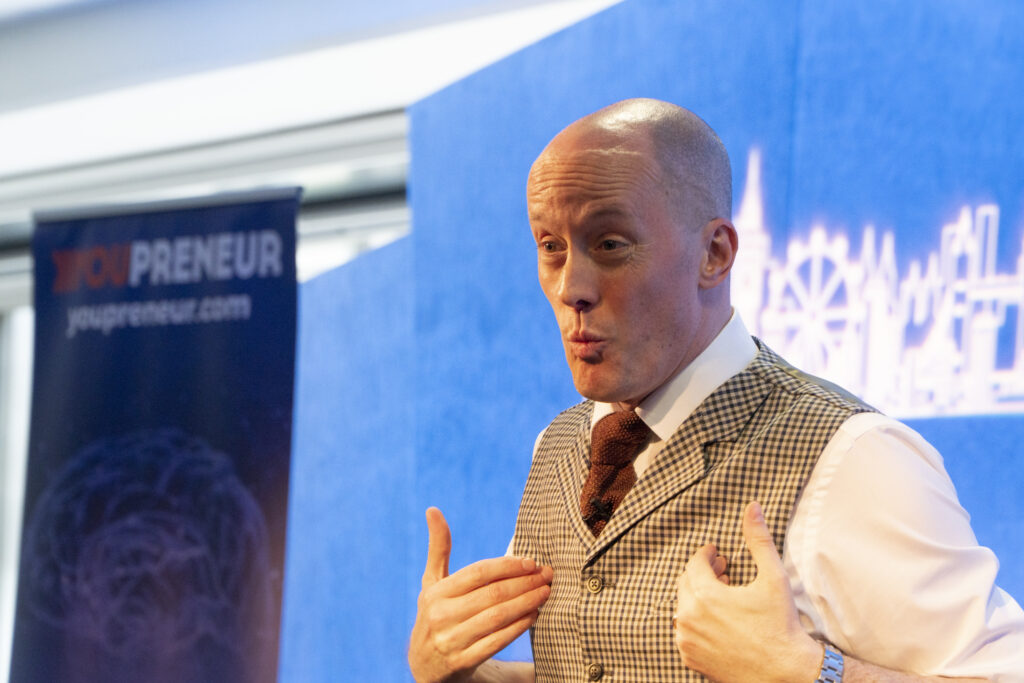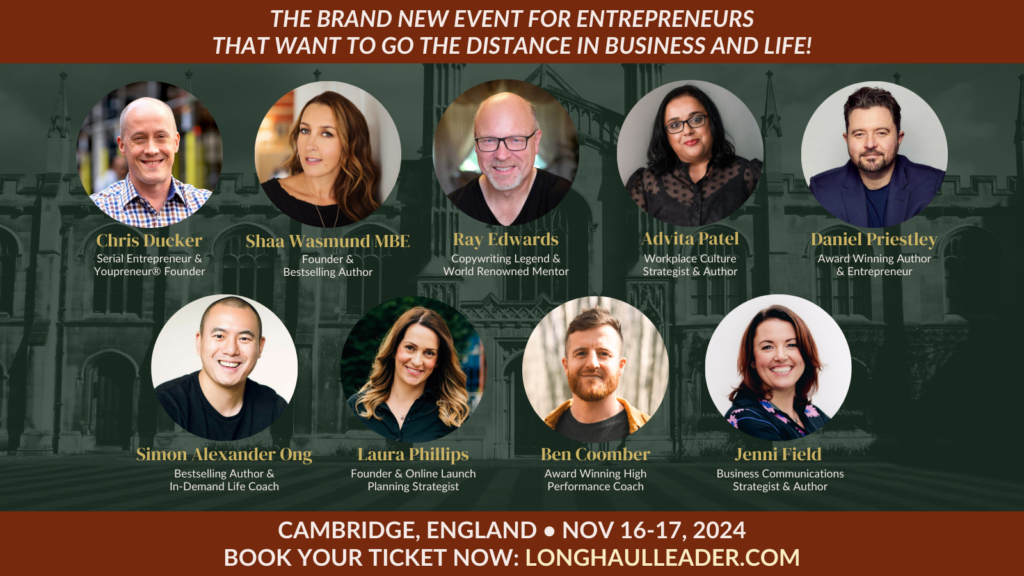
Would you keep going after 1,009 rejections?
There are no failures, there are only outcomes.
Every setback, every rejection, every ‘no’ is simply a stepping stone on the path to success.
Take Colonel Sanders, the founder of KFC, as an example. Before he struck gold with his famous chicken recipe, he faced a staggering 1,009 rejections. That’s right – 1,009 people told him ‘no,’ that his idea would never work, that he should just ‘give up and go home.’
But Colonel Sanders refused to see those rejections as failures. Instead, he viewed them as opportunities to learn, to refine his pitch, and to keep pushing forward. He knew that every ‘no’ was simply bringing him one step closer to the inevitable ‘yes’ that would change his life and the fast food industry forever.
The same principle applies to business and to life.
Every failure is simply an outcome, a data point that we can use to adjust our course and keep moving forward.
When we pitch a potential investor and get rejected, we haven’t failed – we’ve simply learned what doesn’t work, and we can use that knowledge to craft a better pitch next time.
When we launch a product that flops, we haven’t failed – we’ve simply gathered valuable data about what our customers don’t want, and we can use that insight to create something that truly meets their needs.
The key is to reframe our thinking around failure and success.
Instead of seeing failure as a dead end, we need to view it as a necessary part of the journey. We need to embrace the idea that every ‘no’ is simply a redirection, a chance to pivot and try a different approach.
And just like Colonel Sanders, we need to have the resilience and the tenacity to keep pushing forward, no matter how many rejections we face. We need to believe in ourselves and our ideas, even when no one else does. We need to have the courage to keep knocking on doors, even when it feels like no one is listening.
So the next time you face a failure, remember Colonel Sanders and his 1,009 rejections.
And remember that there are no failures, only outcomes – and it’s up to you to use those outcomes to create the success you want to see in the world.


